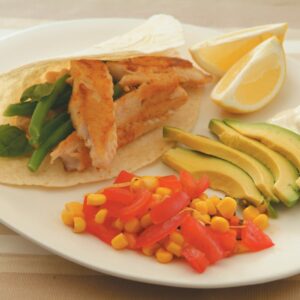
Is your favourite protein shake a ‘food’ or a ‘meal replacement’? The food law specialists at Simpson Grierson explain the rules.
What’s the law?
The classification of food can be complex with food products that offer benefits beyond basic nutrition. This is especially true for products that fit more than one definition or classification under the Food Code (which regulates food in New Zealand and Australia) because of the food’s purpose.
To further complicate matters, we also have the Supplemented Food Standard, New Zealand-specific law that sets out the requirements for products that are considered more food-type dietary supplements.
This has its own requirements for supplemented foods but also requires compliance with the standards under the Food Code.
Where’s the line in the sand?
Food products can be classified in a number of ways and the Food Code has requirements that apply to different foods. So it’s important that manufacturers correctly classify their products,because different rules and requirements, such as composition and labelling, apply to different foods. The Food Code defines particular types of food and outlines specific requirements for them.
Examples of such foods include ‘formulated caffeinated beverages’ (aka energy drinks), ‘formulated supplementary foods’ or ‘formulated meal replacements’ (such as meal shakes) and ‘formulated supplementary sports foods’ (such as protein or energy bars).
Businesses have to look at a number of matters when figuring out where their food fits. Firstly, they have to consider if their product meets the definition of the food they’re looking at. For example, a ‘formulated supplementary food’ is defined as a food that has been specially formulated to supplement a person’s diet and is required to contain at least 8 grams of protein, 550 kilojoules and 20 per cent RDI of at least one listed vitamin or mineral per serve. If a protein shake has been specially fortified with vitamins and minerals and meets the requirements for protein and kilojoules, it is likely to fall within the definition of a ‘formulated supplementary food’.
Secondly, businesses need to consider the ingredients in their products. The Food Code has restrictions and requirements for substances that may be added to particular foods. For example, a formulated caffeinated beverage must contain a certain amount of caffeine and the label must state the average quantity in the product. So if an energy drink doesn’t contain caffeine, it won’t comply with the definition of a formulated caffeinated beverage and cannot be sold as one.
The purpose of a product and the way it is represented, such as its name and the marketing claims made, are also important in determining how best to classify a product. So if a product fits the technical definitions of both a formulated supplementary food and a formulated supplementary sports food, a business would also assess the product’s intended aim in order to determine classification.
If a product is marketed as being able to assist athletes with energy or protein intake, it may be more appropriately classified as a sports food.
Consumer tip
To find out what a product is classed as, check the label for prescribed wording such as ‘supplemented food’ or ‘formulated supplementary food’. Contact the manufacturer or visit its website for more information. You can also visit the Ministry for Primary Industries or Food Standards Australia New Zealand’s websites for further classification information.
www.healthyfood.com










